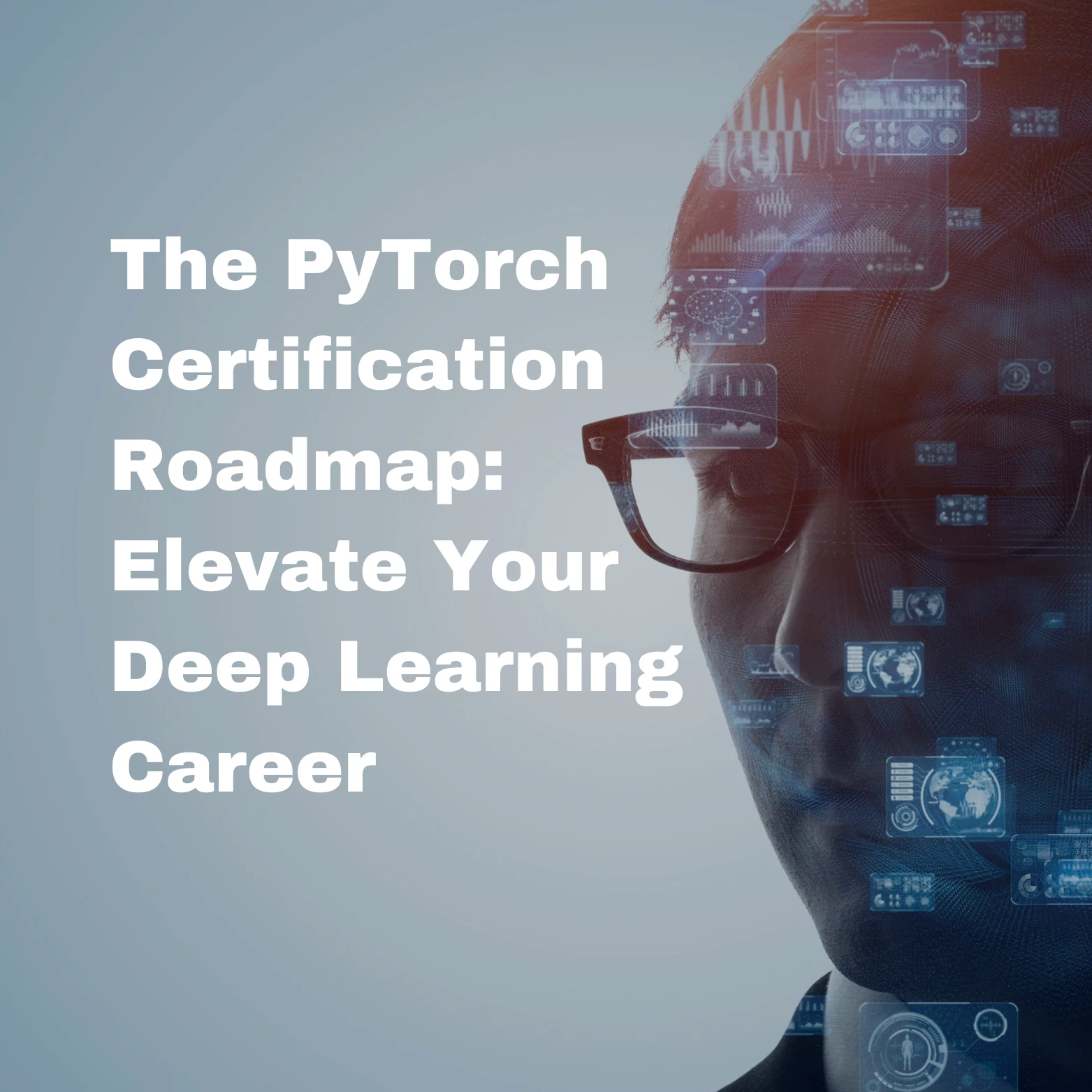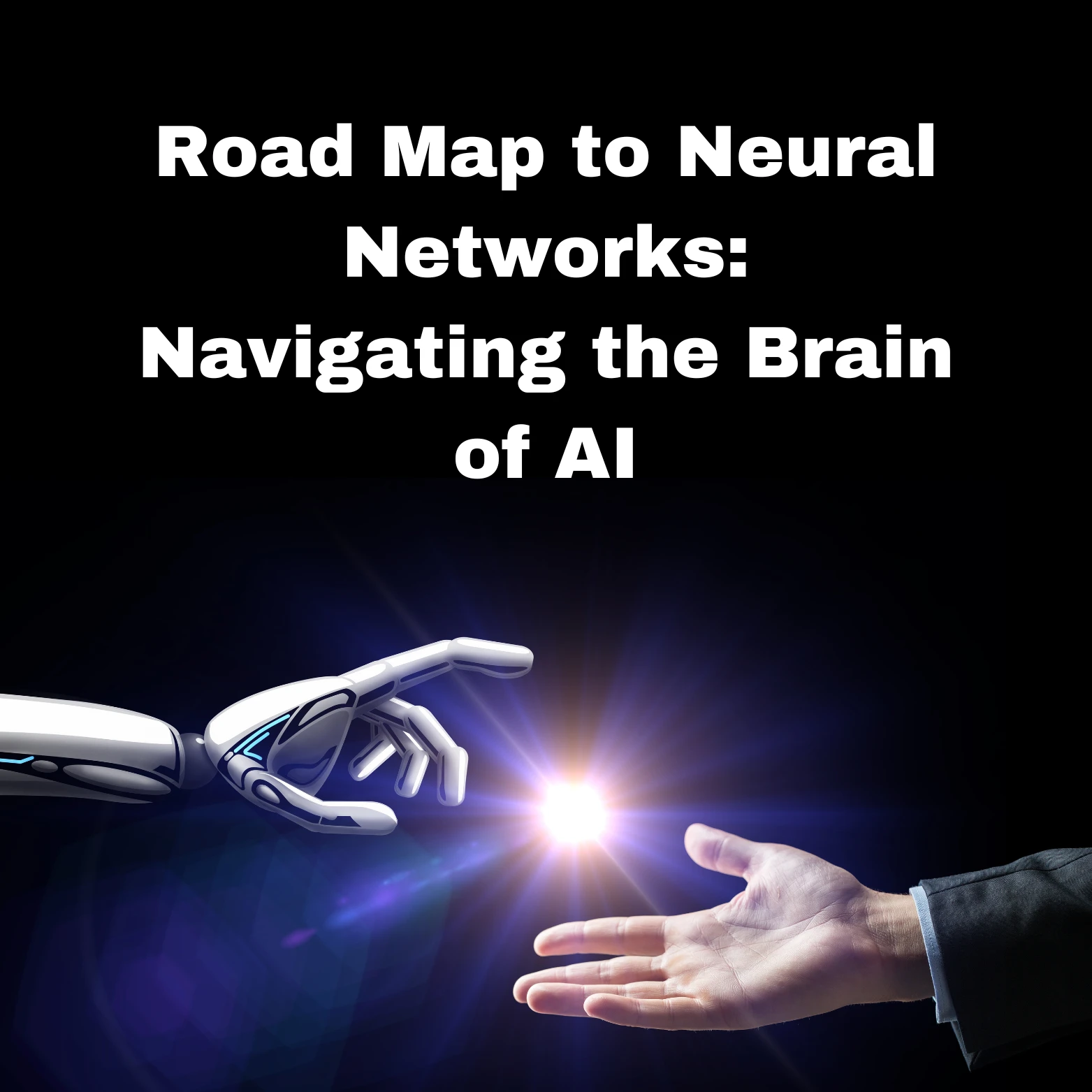
Comprehensive Roadmap to Computer Vision with OpenCV
Computer vision, the field of enabling computers to interpret visual information from the world, has seen rapid advancements in recent years. OpenCV (Open Source Computer Vision Library) is a critical tool in this domain, providing a vast collection of algorithms for image and video analysis. Whether you’re a beginner or an experienced developer, this roadmap will guide you through mastering computer vision with OpenCV.
Learn the Basics
Understand Computer Vision Fundamentals
Before diving into OpenCV, grasp the fundamental concepts of computer vision. Learn about image representation, color spaces, and basic image operations.
Learn Python
Python is the most popular language for computer vision with OpenCV. Familiarize yourself with Python, including libraries like NumPy and Matplotlib, which are often used alongside OpenCV.
Install OpenCV
Install OpenCV on your system. You can use package managers like pip or conda. Make sure you can import OpenCV in your Python environment without issues.
Hands-On Learning and Practical Applications
Explore OpenCV Basics
Put your knowledge into action by working with OpenCV:
- Load, display, and save images.
- Perform basic image operations such as resizing, cropping, and rotation.
- Apply filters and enhancements for tasks like blurring and sharpening.
- Manipulate colors and perform conversions between color spaces.
Advanced Image Processing and Feature Extraction
Delve deeper into image processing and feature extraction:
- Implement edge detection techniques (e.g., Sobel, Canny).
- Study image segmentation methods, including thresholding and contour detection.
- Learn about feature detection (e.g., SIFT, ORB) and description (e.g., BRIEF, SURF).
Computer Vision Applications
Apply your knowledge to real-world applications:
- Dive into object detection using techniques like Haar cascades and deep learning models.
- Create panoramic images by stitching multiple photos together.
- Understand optical flow algorithms for motion detection and tracking.
- Explore camera calibration and 3D reconstruction for augmented reality and 3D modeling.
Deep Learning Integration
Combine the power of deep learning with OpenCV:
- Familiarize yourself with deep learning frameworks like TensorFlow and PyTorch.
- Learn transfer learning techniques to leverage pre-trained deep learning models.
- Integrate OpenCV with deep learning models for tasks such as image classification and object detection.
Building Real-World Projects and Certification
Building Practical Projects
Solidify your skills through hands-on projects:
- Implement face recognition systems using OpenCV and deep learning models.
- Work on image and video processing projects like filters, stabilization, and tracking.
- Explore computer vision applications in robotics, autonomous systems, and medical imaging.
Certification and Career Development
Consider certification to validate your expertise:
- Explore the importance of certification in demonstrating your skills to potential employers.
- Review the certification blueprint, if available, to understand the exam’s structure and topics.
- Prepare for the exam systematically by reviewing relevant topics, practicing with sample questions, and taking mock exams.
Stay Updated and Network
Continuous Learning
Stay current in the dynamic field of computer vision:
- Keep up with the latest research, publications, and advancements in computer vision through blogs, research papers, and online courses.
Networking
Attend conferences, workshops, and webinars to connect with professionals and learn about cutting-edge developments.
Career Advancement
As a proficient computer vision practitioner, explore various career paths:
- Seek job opportunities in computer vision-related roles, including computer vision engineer, machine learning engineer, and data scientist.
- Consider additional certifications in areas like deep learning, AI, or robotics to enhance your career prospects.
- Contribute to open-source computer vision projects to gain practical experience and showcase your skills.
In conclusion, this comprehensive roadmap provides a structured approach to mastering computer vision with OpenCV, from foundational understanding to practical application and certification. By following this roadmap and staying committed to continuous learning, you can unlock exciting career opportunities in the dynamic field of computer vision.



